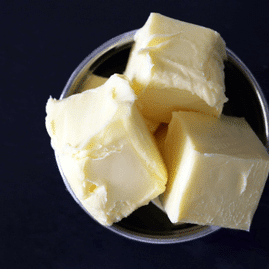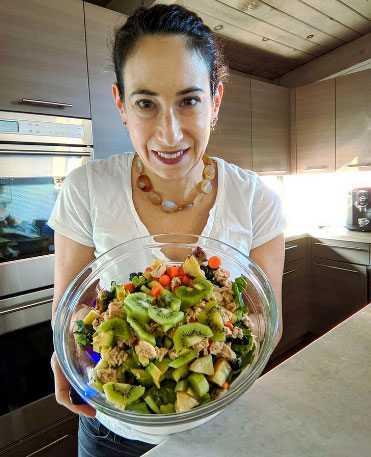
September is National Cholesterol Awareness Month. Although cholesterol serves many important roles in our bodies, having abnormal lipid (fat) levels of cholesterol markers are risk factors for cardiovascular disease (CVD) and other heart related conditions. But did you also know that having certain autoimmune conditions can actually alter your cholesterol levels and increase your risk of also developing CVD?
There is more research emerging about the connection between inflammation, cholesterol and CVD risk. In fact, some believe that our cholesterol levels are not what we should be focusing on. Instead, it is more important to look at chronic inflammation as the main indicator for risk. A number of chronic inflammatory autoimmune disorders place patients at a higher risk for developing CVD, including rheumatoid arthritis, systemic lupus erythematosus, ankylosing spondylitis, inflammatory bowel disease and psoriasis. Across these chronic inflammatory autoimmune conditions, it is common to see lower HDL (the “good” cholesterol) and increased LDL, triglycerides and lipoprotein(a) (the “bad” cholesterol). This is because chronic inflammation can actually alter lipid metabolism and disrupt the balance of cholesterol in the body (1,2).
Another link between autoimmune disease and cholesterol levels is gut health. If you have read previous posts about gut health, you may remember the role of lipopolysaccharides (LPS). These endotoxins are released from gram negative bacteria in your gut. When LPS sneaks through the intestinal wall due to intestinal permeability (a common trait with autoimmune disease), it can actually trigger a cholesterol synthesis response as a defense mechanism against these circulating endotoxins(3).
What can you do to lower your cholesterol levels and protect against CVD? The first thing is to focus on lower inflammation. Cholesterol will likely decline when you put anti-inflammatory protocols into place. The following are steps you can take to both lower inflammation and cholesterol:
1. Eat More Plants
The Mediterranean Diet has been shown time and again to be protective against CVD as well as a number of inflammatory conditions. This diet includes a variety of fruits and vegetables, whole grains, nuts, seeds, fish and seafood and a small amount of lean meat and dairy products. Healthy unsaturated fats are the hallmark of this diet which are found in nuts, seeds, olives and olive oil, and fatty fish such as salmon, sardines, tuna and herring(2). Soluble fiber is also important as it can help pull cholesterol out of your body. This is found in oatmeal, apples, brussels sprouts and pears(4).
2. Get Rid of Stress
Reducing stress is key for any inflammatory condition. Normalizing hormone levels will not only improve blood glucose and cholesterol levels, but can also help with weight loss, inflammation, digestion and sleep. Consider yoga, deep breathing techniques or meditation to start getting rid of stress.
3. Get Moving
Increasing physical activity can help raise your HDL levels and can also help with stress management and weight loss(4). Anything that gets you out of your chair is a step in a positive direction. Movement can include walking, gardening, playing with your kids or grandkids, and even dancing to your favorite music.
Lowering inflammation and cholesterol levels may be possible with a few tweaks to your normal routine. In both my 2 and 3-month programs, I work with clients to make positive, lasting changes to improve overall health and wellness and reduce inflammation. If you want to learn more about this program, click here to book a quick phone call.


